AWS Machine Learning Blog
aws.amazon.com/jp/blogs/machine-learning/
Introducing agent-to-agent protocol support in Amazon Bedrock AgentCore Runtime
In this post, we demonstrate how you can use the A2A protocol for AI agents built with different frameworks to collaborate seamlessly. You'll learn how to deploy A2A servers on AgentCore Runtime, configure agent discovery and authentication, and build a real-world multi-agent system for incident response. We'll cover the complete A2A request lifecycle, from agent card discovery to task delegation, showing how standardized protocols eliminate the complexity of multi-agent coordination.
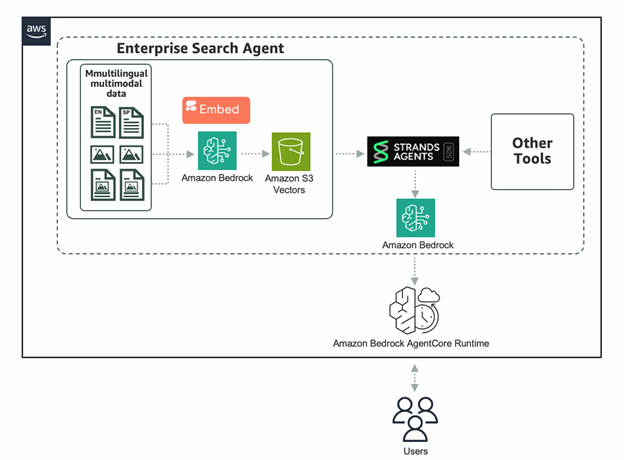
Powering enterprise search with the Cohere Embed 4 multimodal embeddings model in Amazon Bedrock
The Cohere Embed 4 multimodal embeddings model is now available as a fully managed, serverless option in Amazon Bedrock. In this post, we dive into the benefits and unique capabilities of Embed 4 for enterprise search use cases. We’ll show you how to quickly get started using Embed 4 on Amazon Bedrock, taking advantage of integrations with Strands Agents, S3 Vectors, and Amazon Bedrock AgentCore to build powerful agentic retrieval-augmented generation (RAG) workflows.
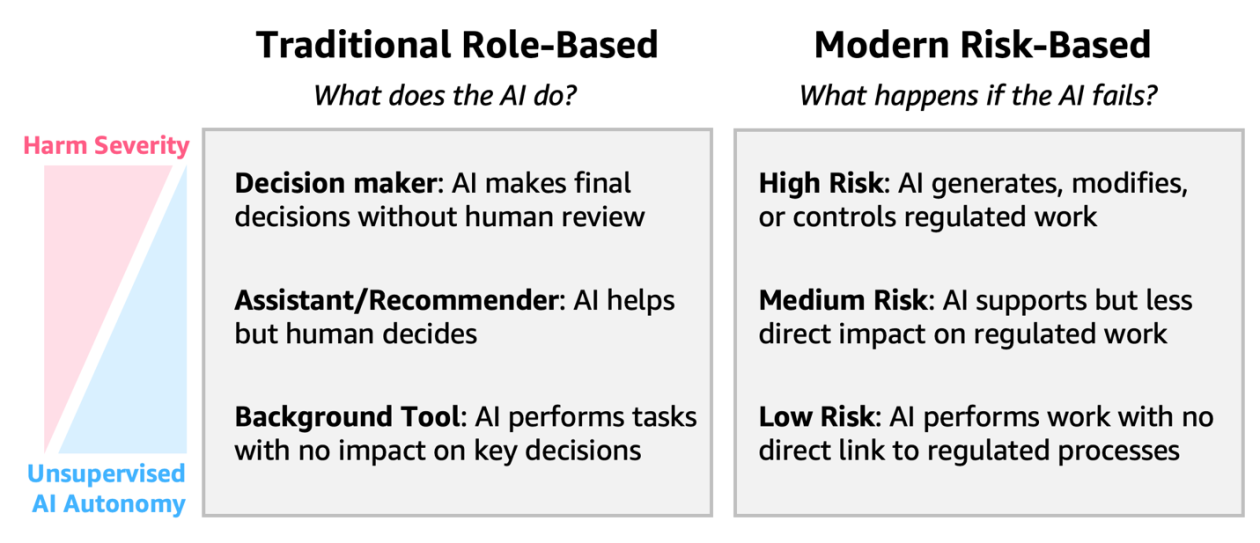
A guide to building AI agents in GxP environments
The regulatory landscape for GxP compliance is evolving to address the unique characteristics of AI. Traditional Computer System Validation (CSV) approaches, often with uniform validation strategies, are being supplemented by Computer Software Assurance (CSA) frameworks that emphasize flexible risk-based validation methods tailored to each system's actual impact and complexity (FDA latest guidance). In this post, we cover a risk-based implementation, practical implementation considerations across different risk levels, the AWS shared responsibility model for compliance, and concrete examples of risk mitigation strategies.
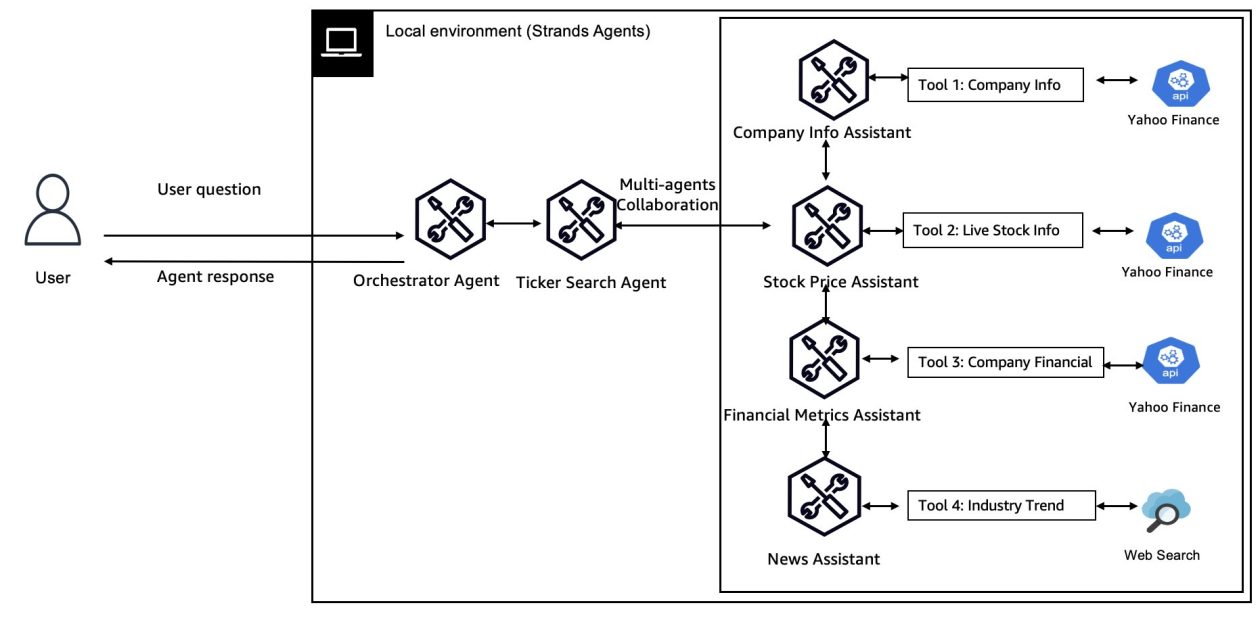
Multi-Agent collaboration patterns with Strands Agents and Amazon Nova
In this post, we explore four key collaboration patterns for multi-agent, multimodal AI systems – Agents as Tools, Swarms Agents, Agent Graphs, and Agent Workflows – and discuss when and how to apply each using the open-source AWS Strands Agents SDK with Amazon Nova models.
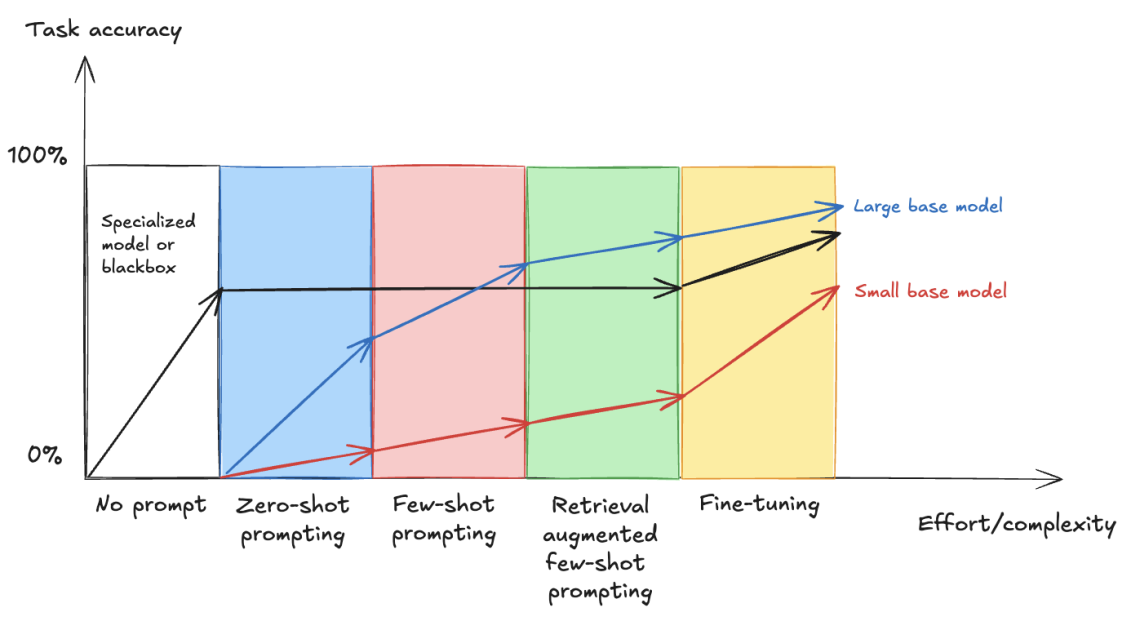
Fine-tune VLMs for multipage document-to-JSON with SageMaker AI and SWIFT
In this post, we demonstrate that fine-tuning VLMs provides a powerful and flexible approach to automate and significantly enhance document understanding capabilities. We also demonstrate that using focused fine-tuning allows smaller, multi-modal models to compete effectively with much larger counterparts (98% accuracy with Qwen2.5 VL 3B).

How Clario automates clinical research analysis using generative AI on AWS
In this post, we demonstrate how Clario has used Amazon Bedrock and other AWS services to build an AI-powered solution that automates and improves the analysis of COA interviews.

Connect Amazon Bedrock agents to cross-account knowledge bases
Organizations need seamless access to their structured data repositories to power intelligent AI agents. However, when these resources span multiple AWS accounts integration challenges can arise. This post explores a practical solution for connecting Amazon Bedrock agents to knowledge bases in Amazon Redshift clusters residing in different AWS accounts.
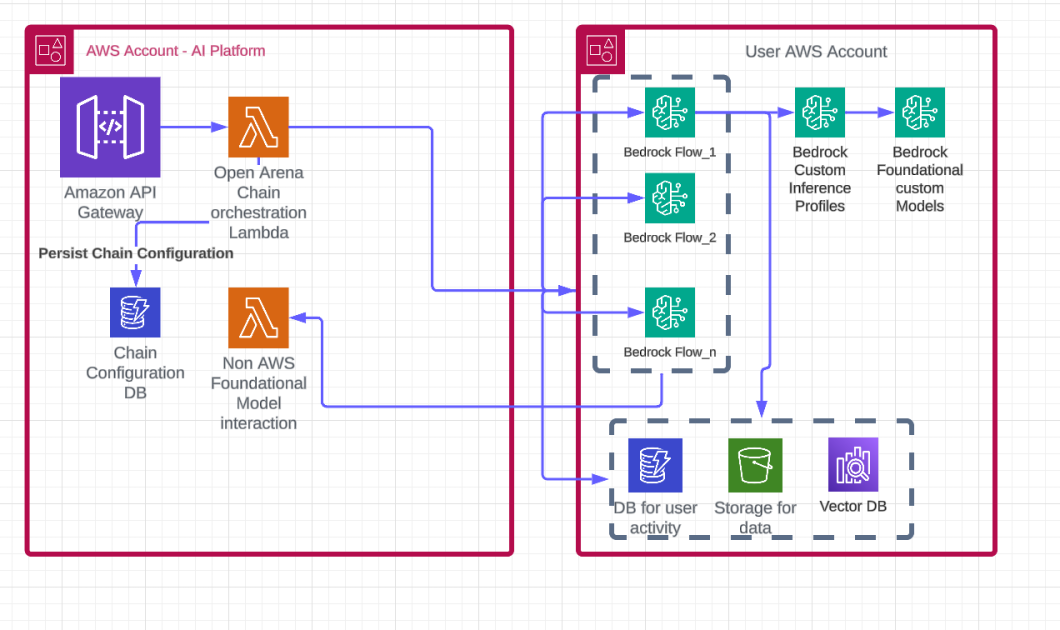
Democratizing AI: How Thomson Reuters Open Arena supports no-code AI for every professional with Amazon Bedrock
In this blog post, we explore how TR addressed key business use cases with Open Arena, a highly scalable and flexible no-code AI solution powered by Amazon Bedrock and other AWS services such as Amazon OpenSearch Service, Amazon Simple Storage Service (Amazon S3), Amazon DynamoDB, and AWS Lambda. We'll explain how TR used AWS services to build this solution, including how the architecture was designed, the use cases it solves, and the business profiles that use it.
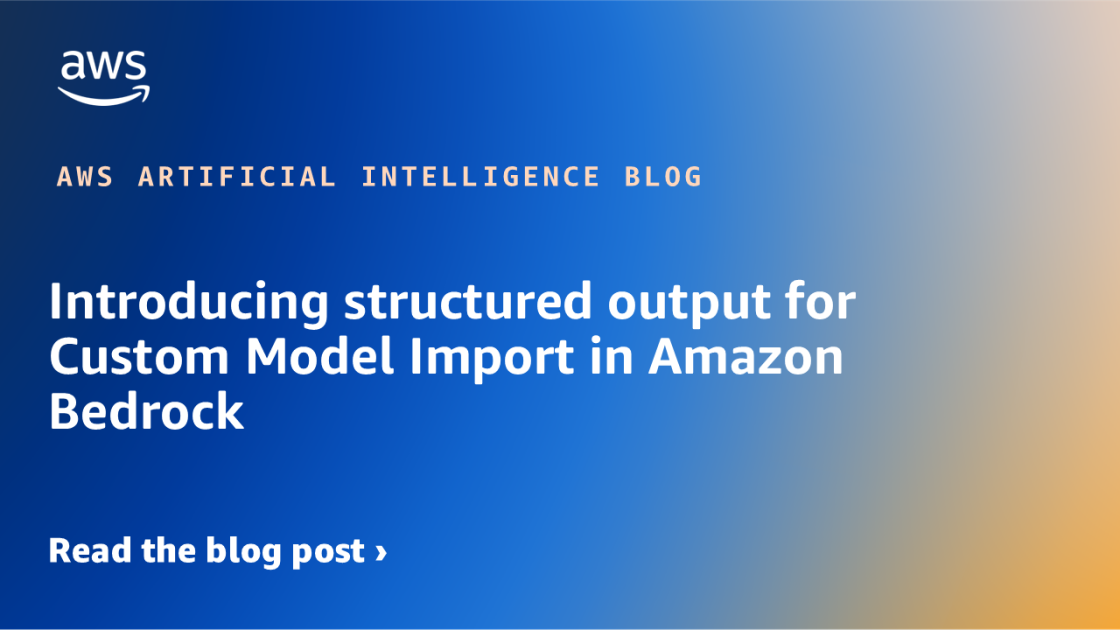
Introducing structured output for Custom Model Import in Amazon Bedrock
Today, we are excited to announce the addition of structured output to Custom Model Import. Structured output constrains a model's generation process in real time so that every token it produces conforms to a schema you define. Rather than relying on prompt-engineering tricks or brittle post-processing scripts, you can now generate structured outputs directly at inference time.

Transform your MCP architecture: Unite MCP servers through AgentCore Gateway
Earlier this year, we introduced Amazon Bedrock AgentCore Gateway, a fully managed service that serves as a centralized MCP tool server, providing a unified interface where agents can discover, access, and invoke tools. Today, we're extending support for existing MCP servers as a new target type in AgentCore Gateway. With this capability, you can group multiple task-specific MCP servers aligned to agent goals behind a single, manageable MCP gateway interface. This reduces the operational complexity of maintaining separate gateways, while providing the same centralized tool and authentication management that existed for REST APIs and AWS Lambda functions.
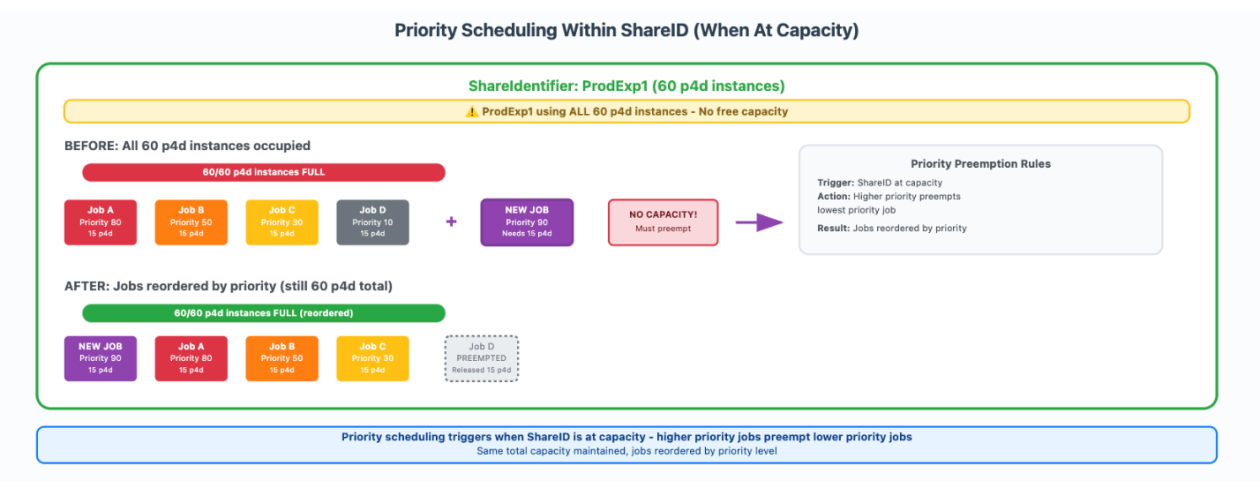
How Amazon Search increased ML training twofold using AWS Batch for Amazon SageMaker Training jobs
In this post, we show you how Amazon Search optimized GPU instance utilization by leveraging AWS Batch for SageMaker Training jobs. This managed solution enabled us to orchestrate machine learning (ML) training workloads on GPU-accelerated instance families like P5, P4, and others. We will also provide a step-by-step walkthrough of the use case implementation.
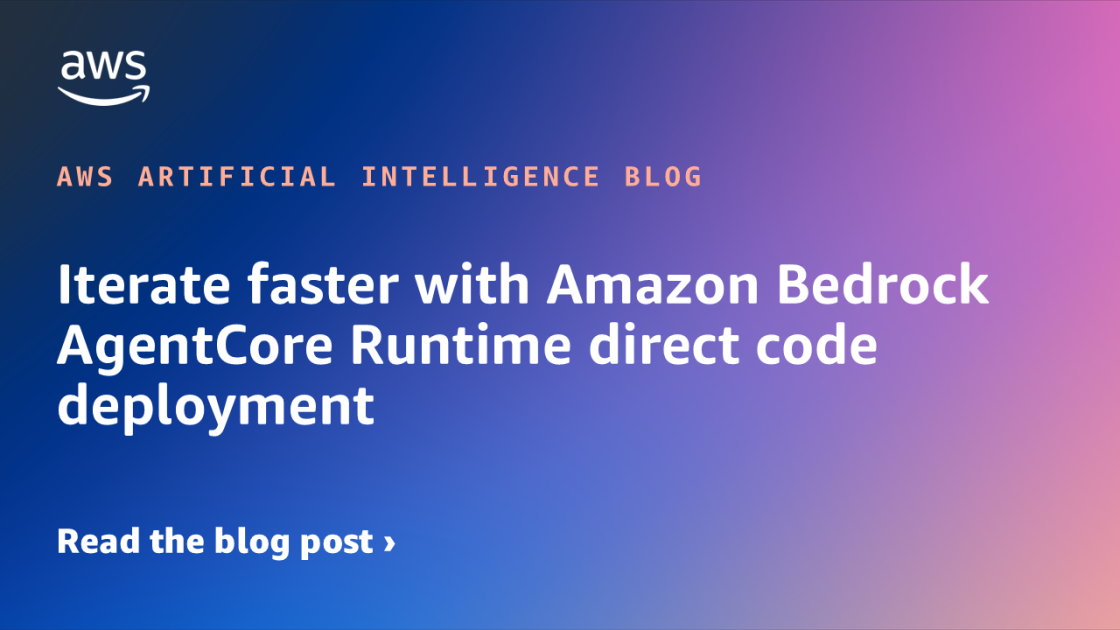
Iterate faster with Amazon Bedrock AgentCore Runtime direct code deployment
Amazon Bedrock AgentCore is an agentic platform for building, deploying, and operating effective agents securely at scale. Amazon Bedrock AgentCore Runtime is a fully managed service of Bedrock AgentCore, which provides low latency serverless environments to deploy agents and tools. It provides session isolation, supports multiple agent frameworks including popular open-source frameworks, and handles multimodal […]
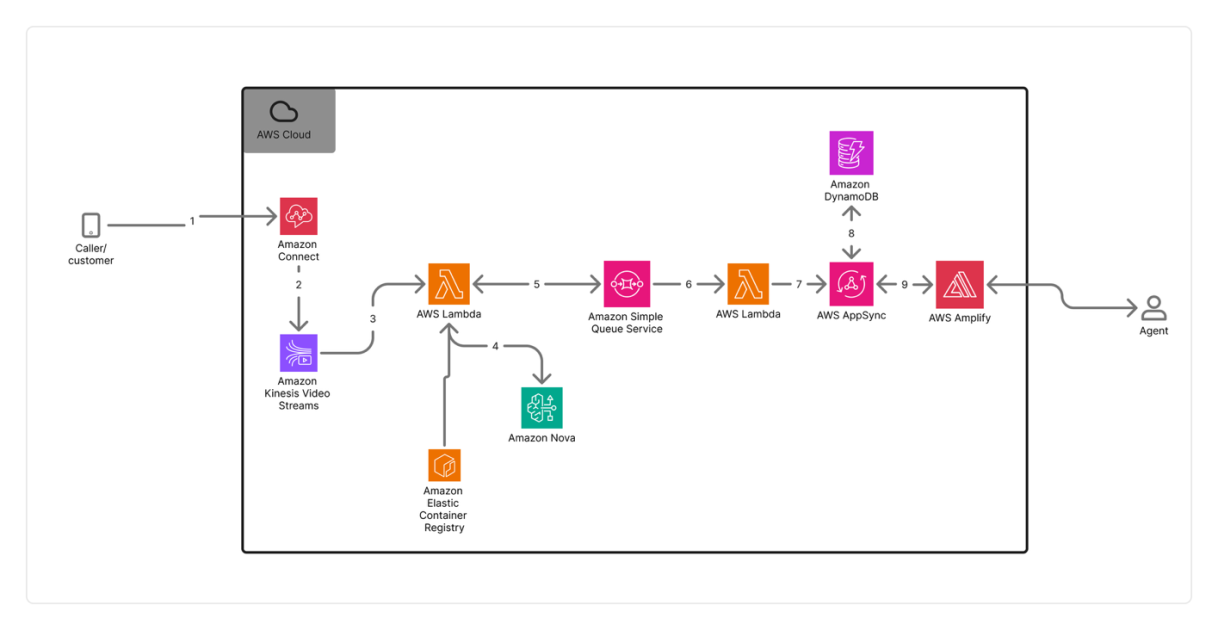
How Switchboard, MD automates real-time call transcription in clinical contact centers with Amazon Nova Sonic
In this post, we examine the specific challenges Switchboard, MD faced with scaling transcription accuracy and cost-effectiveness in clinical environments, their evaluation process for selecting the right transcription solution, and the technical architecture they implemented using Amazon Connect and Amazon Kinesis Video Streams. This post details the impressive results achieved and demonstrates how they were able to use this foundation to automate EMR matching and give healthcare staff more time to focus on patient care.
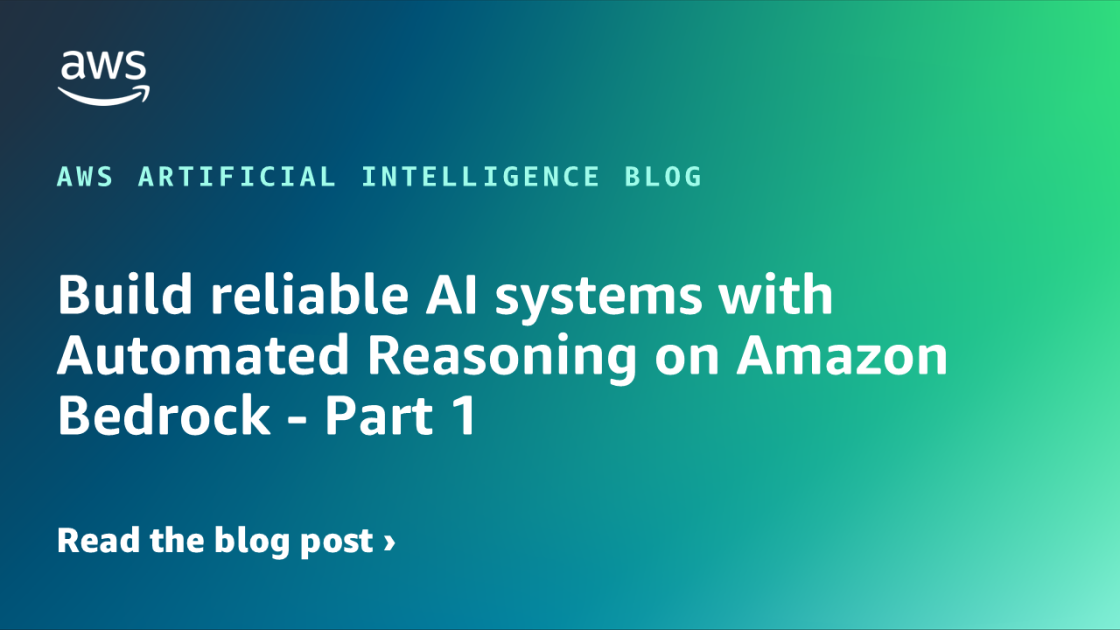
Build reliable AI systems with Automated Reasoning on Amazon Bedrock – Part 1
Enterprises in regulated industries often need mathematical certainty that every AI response complies with established policies and domain knowledge. Regulated industries can’t use traditional quality assurance methods that test only a statistical sample of AI outputs and make probabilistic assertions about compliance. When we launched Automated Reasoning checks in Amazon Bedrock Guardrails in preview at […]
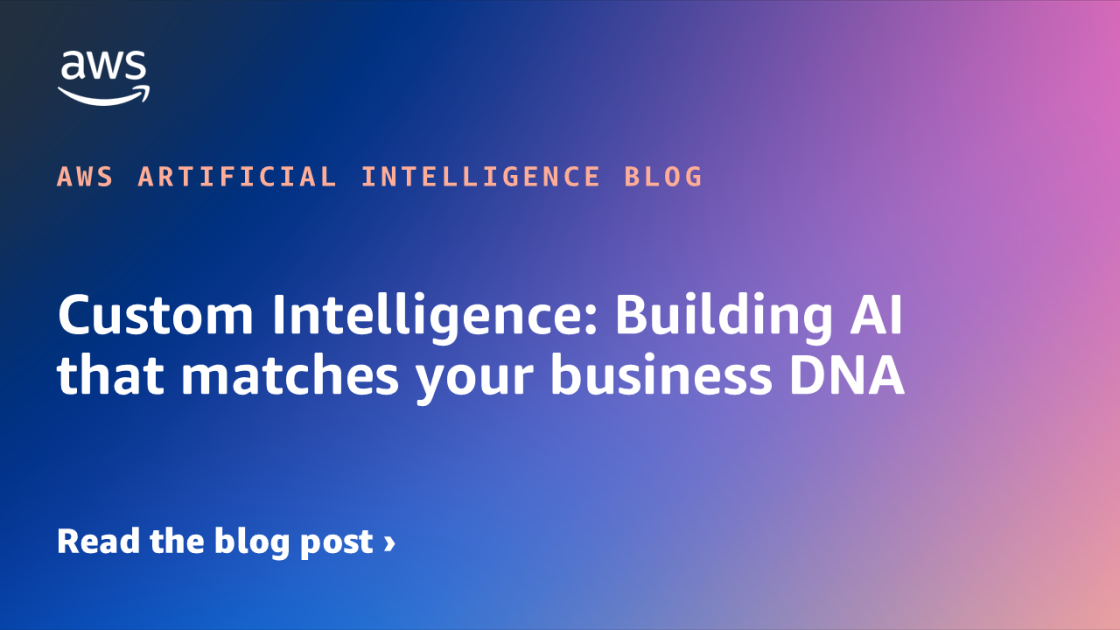
Custom Intelligence: Building AI that matches your business DNA
In 2024, we launched the Custom Model Program within the AWS Generative AI Innovation Center to provide comprehensive support throughout every stage of model customization and optimization. Over the past two years, this program has delivered exceptional results by partnering with global enterprises and startups across diverse industries—including legal, financial services, healthcare and life sciences, […]
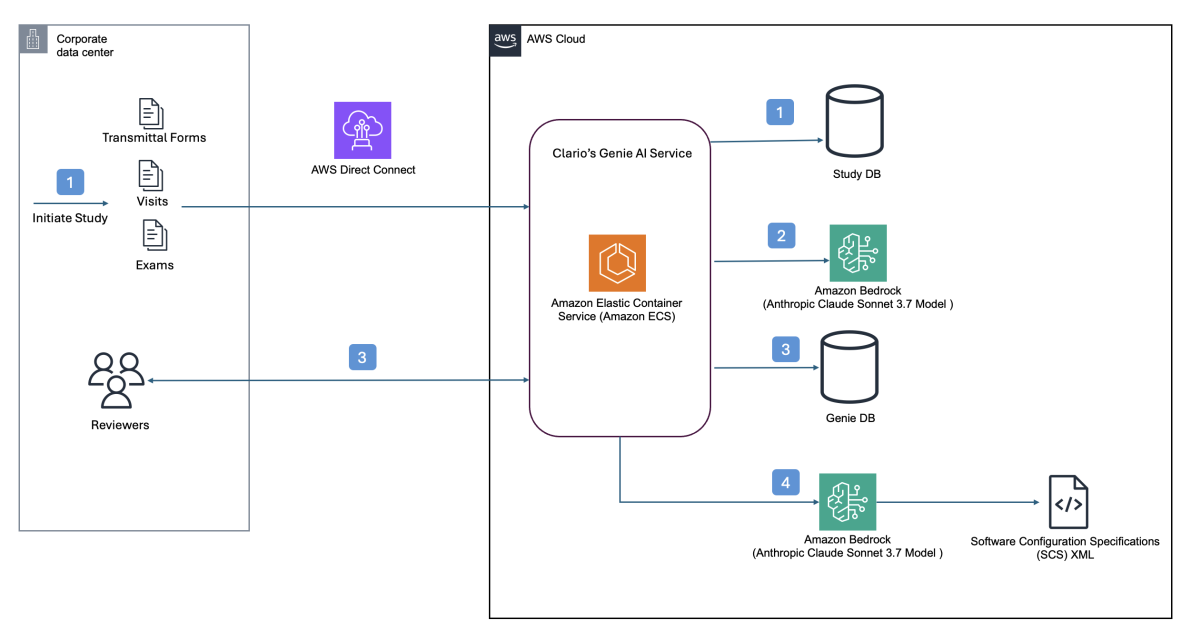
Clario streamlines clinical trial software configurations using Amazon Bedrock
This post builds upon our previous post discussing how Clario developed an AI solution powered by Amazon Bedrock to accelerate clinical trials. Since then, Clario has further enhanced their AI capabilities, focusing on innovative solutions that streamline the generation of software configurations and artifacts for clinical trials while delivering high-quality clinical evidence.
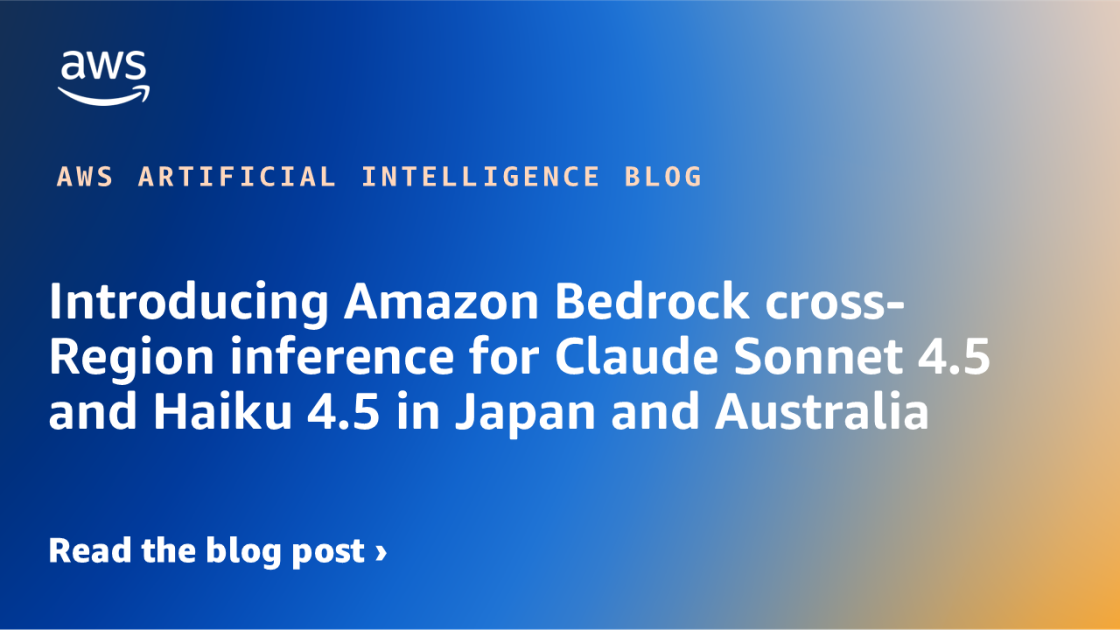
Introducing Amazon Bedrock cross-Region inference for Claude Sonnet 4.5 and Haiku 4.5 in Japan and Australia
こんにちは, G’day. The recent launch of Anthropic’s Claude Sonnet 4.5 and Claude Haiku 4.5, now available on Amazon Bedrock, marks a significant leap forward in generative AI models. These state-of-the-art models excel at complex agentic tasks, coding, and enterprise workloads, offering enhanced capabilities to developers. Along with the new models, we are thrilled to announce that […]
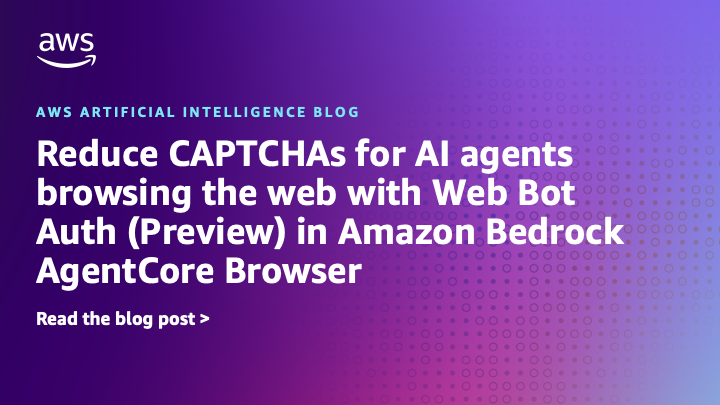
Reduce CAPTCHAs for AI agents browsing the web with Web Bot Auth (Preview) in Amazon Bedrock AgentCore Browser
AI agents need to browse the web on your behalf. When your agent visits a website to gather information, complete a form, or verify data, it encounters the same defenses designed to stop unwanted bots: CAPTCHAs, rate limits, and outright blocks. Today, we are excited to share that AWS has a solution. Amazon Bedrock AgentCore […]
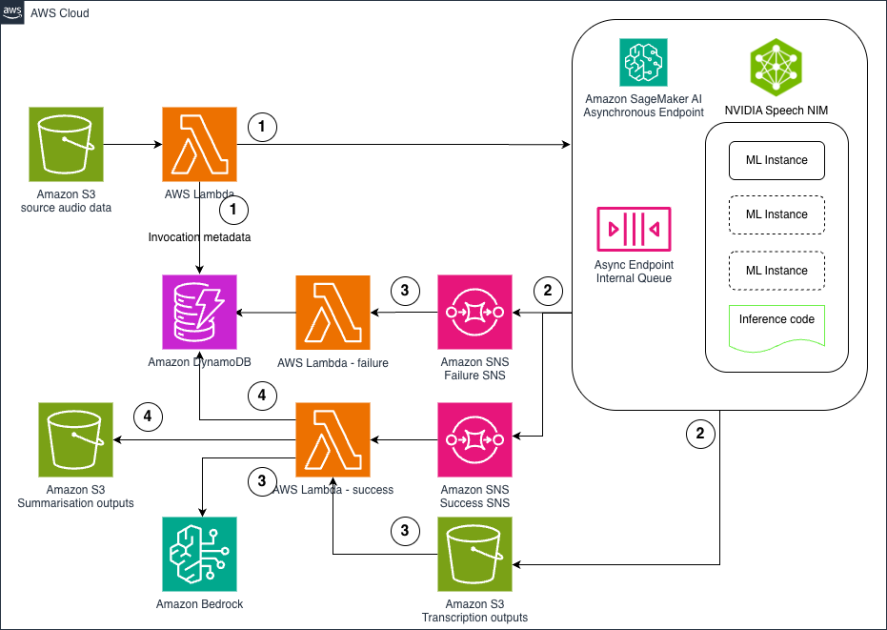
Hosting NVIDIA speech NIM models on Amazon SageMaker AI: Parakeet ASR
In this post, we explore how to deploy NVIDIA's Parakeet ASR model on Amazon SageMaker AI using asynchronous inference endpoints to create a scalable, cost-effective pipeline for processing large volumes of audio data. The solution combines state-of-the-art speech recognition capabilities with AWS managed services like Lambda, S3, and Bedrock to automatically transcribe audio files and generate intelligent summaries, enabling organizations to unlock valuable insights from customer calls, meeting recordings, and other audio content at scale .
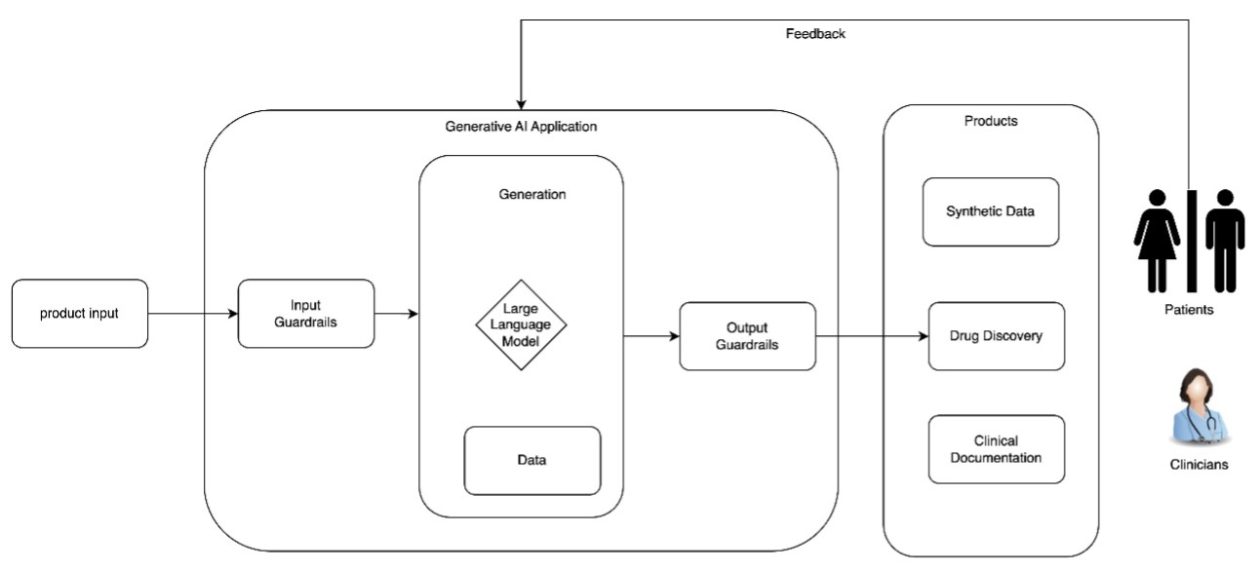
Responsible AI design in healthcare and life sciences
In this post, we explore the critical design considerations for building responsible AI systems in healthcare and life sciences, focusing on establishing governance mechanisms, transparency artifacts, and security measures that ensure safe and effective generative AI applications. The discussion covers essential policies for mitigating risks like confabulation and bias while promoting trust, accountability, and patient safety throughout the AI development lifecycle.
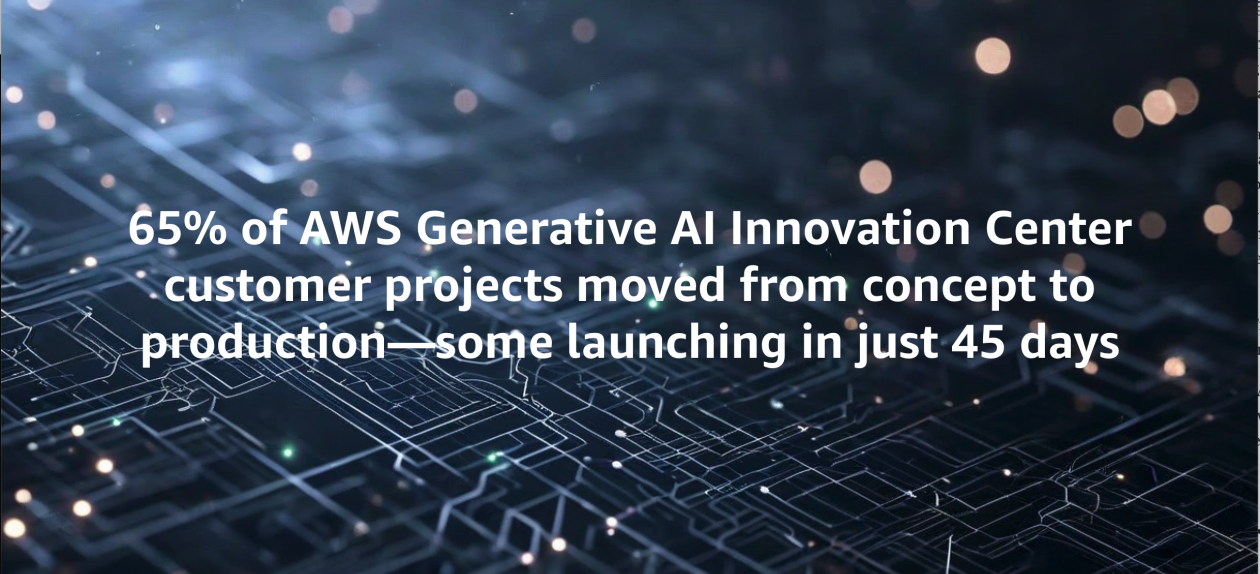
Beyond pilots: A proven framework for scaling AI to production
In this post, we explore the Five V's Framework—a field-tested methodology that has helped 65% of AWS Generative AI Innovation Center customer projects successfully transition from concept to production, with some launching in just 45 days. The framework provides a structured approach through Value, Visualize, Validate, Verify, and Venture phases, shifting focus from "What can AI do?" to "What do we need AI to do?" while ensuring solutions deliver measurable business outcomes and sustainable operational excellence.

Generate Gremlin queries using Amazon Bedrock models
In this post, we explore an innovative approach that converts natural language to Gremlin queries using Amazon Bedrock models such as Amazon Nova Pro, helping business analysts and data scientists access graph databases without requiring deep technical expertise. The methodology involves three key steps: extracting graph knowledge, structuring the graph similar to text-to-SQL processing, and generating executable Gremlin queries through an iterative refinement process that achieved 74.17% overall accuracy in testing.

Incorporating responsible AI into generative AI project prioritization
In this post, we explore how companies can systematically incorporate responsible AI practices into their generative AI project prioritization methodology to better evaluate business value against costs while addressing novel risks like hallucination and regulatory compliance. The post demonstrates through a practical example how conducting upfront responsible AI risk assessments can significantly change project rankings by revealing substantial mitigation work that affects overall project complexity and timeline.
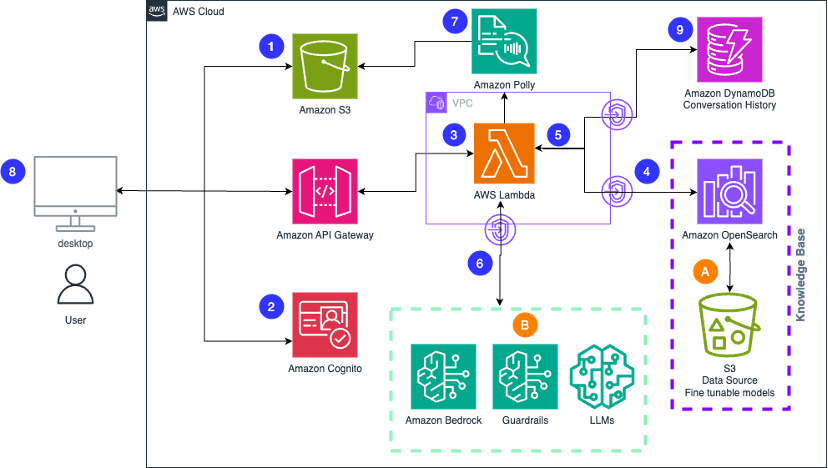
Build scalable creative solutions for product teams with Amazon Bedrock
In this post, we explore how product teams can leverage Amazon Bedrock and AWS services to transform their creative workflows through generative AI, enabling rapid content iteration across multiple formats while maintaining brand consistency and compliance. The solution demonstrates how teams can deploy a scalable generative AI application that accelerates everything from product descriptions and marketing copy to visual concepts and video content, significantly reducing time to market while enhancing creative quality.

Build a proactive AI cost management system for Amazon Bedrock – Part 2
In this post, we explore advanced cost monitoring strategies for Amazon Bedrock deployments, introducing granular custom tagging approaches for precise cost allocation and comprehensive reporting mechanisms that build upon the proactive cost management foundation established in Part 1. The solution demonstrates how to implement invocation-level tagging, application inference profiles, and integration with AWS Cost Explorer to create a complete 360-degree view of generative AI usage and expenses.

Build a proactive AI cost management system for Amazon Bedrock – Part 1
In this post, we introduce a comprehensive solution for proactively managing Amazon Bedrock inference costs through a cost sentry mechanism designed to establish and enforce token usage limits, providing organizations with a robust framework for controlling generative AI expenses. The solution uses serverless workflows and native Amazon Bedrock integration to deliver a predictable, cost-effective approach that aligns with organizational financial constraints while preventing runaway costs through leading indicators and real-time budget enforcement.
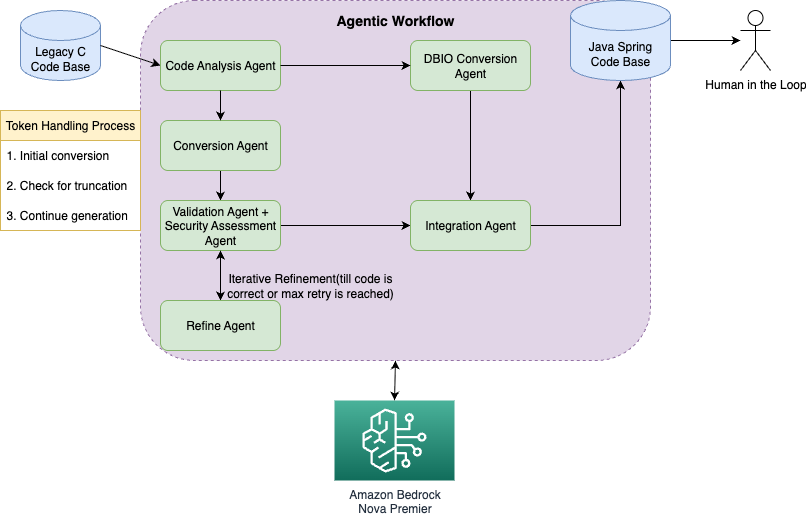
Streamline code migration using Amazon Nova Premier with an agentic workflow
In this post, we demonstrate how Amazon Nova Premier with Amazon Bedrock can systematically migrate legacy C code to modern Java/Spring applications using an intelligent agentic workflow that breaks down complex conversions into specialized agent roles. The solution reduces migration time and costs while improving code quality through automated validation, security assessment, and iterative refinement processes that handle even large codebases exceeding token limitations.
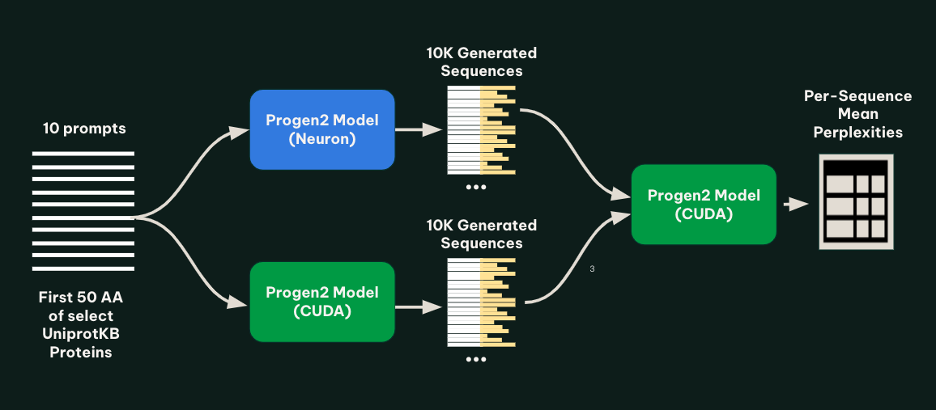
Metagenomi generates millions of novel enzymes cost-effectively using AWS Inferentia
In this post, we detail how Metagenomi partnered with AWS to implement the Progen2 protein language model on AWS Inferentia, achieving up to 56% cost reduction for high-throughput enzyme generation workflows. The implementation enabled cost-effective generation of millions of novel enzyme variants using EC2 Inf2 Spot Instances and AWS Batch, demonstrating how cloud-based generative AI can make large-scale protein design more accessible for biotechnology applications .
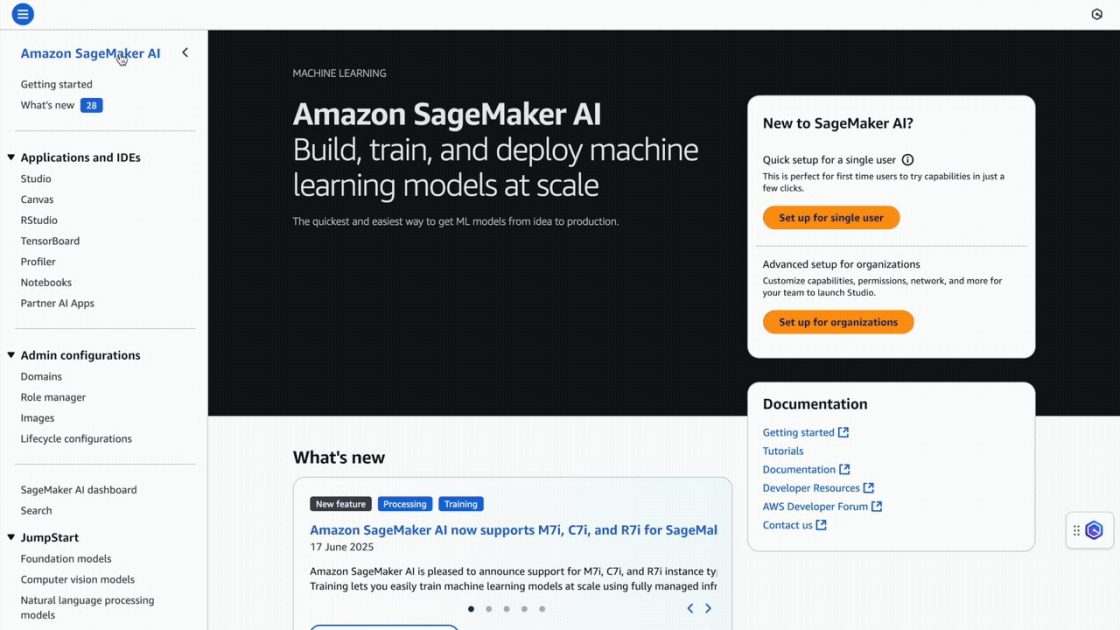
Serverless deployment for your Amazon SageMaker Canvas models
In this post, we walk through how to take an ML model built in SageMaker Canvas and deploy it using SageMaker Serverless Inference, helping you go from model creation to production-ready predictions quickly and efficiently without managing any infrastructure. This solution demonstrates a complete workflow from adding your trained model to the SageMaker Model Registry through creating serverless endpoint configurations and deploying endpoints that automatically scale based on demand .
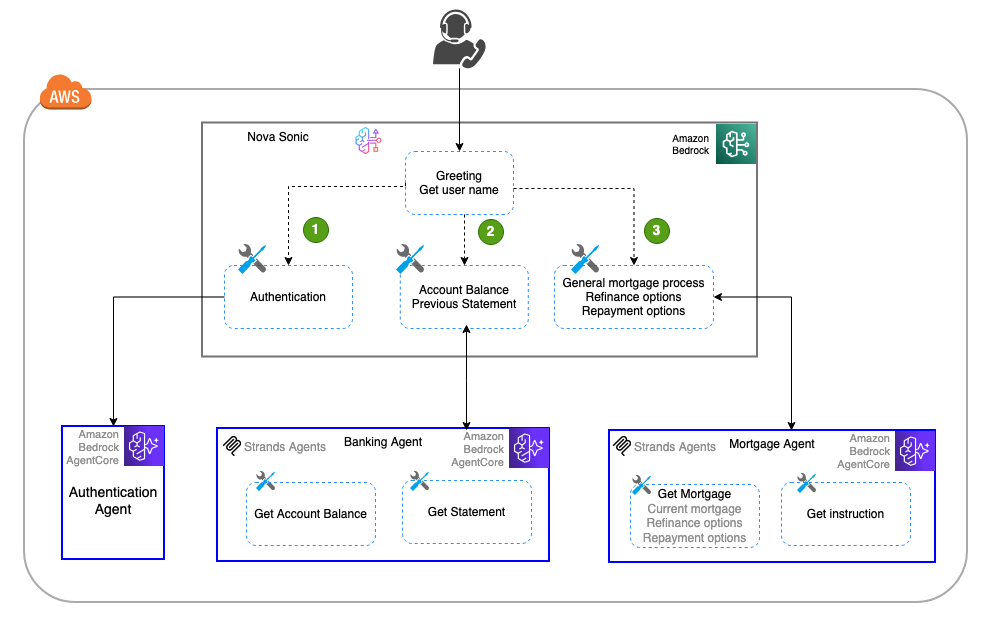
Building a multi-agent voice assistant with Amazon Nova Sonic and Amazon Bedrock AgentCore
In this post, we explore how Amazon Nova Sonic's speech-to-speech capabilities can be combined with Amazon Bedrock AgentCore to create sophisticated multi-agent voice assistants that break complex tasks into specialized, manageable components. The approach demonstrates how to build modular, scalable voice applications using a banking assistant example with dedicated sub-agents for authentication, banking inquiries, and mortgage services, offering a more maintainable alternative to monolithic voice assistant designs.

Accelerate large-scale AI training with Amazon SageMaker HyperPod training operator
In this post, we demonstrate how to deploy and manage machine learning training workloads using the Amazon SageMaker HyperPod training operator, which enhances training resilience for Kubernetes workloads through pinpoint recovery and customizable monitoring capabilities. The Amazon SageMaker HyperPod training operator helps accelerate generative AI model development by efficiently managing distributed training across large GPU clusters, offering benefits like centralized training process monitoring, granular process recovery, and hanging job detection that can reduce recovery times from tens of minutes to seconds.
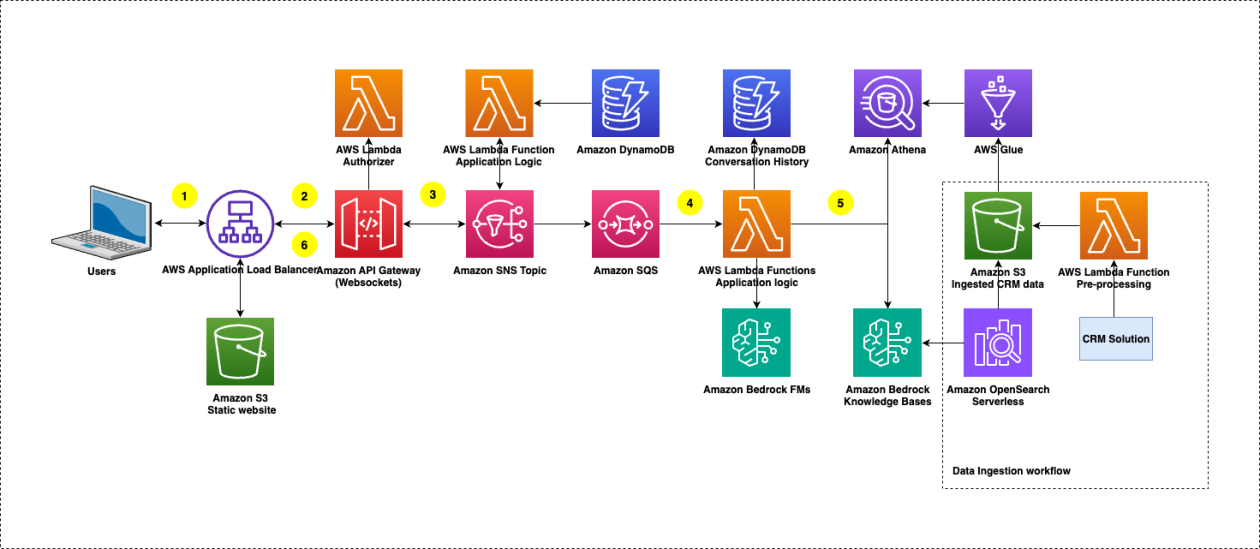
How TP ICAP transformed CRM data into real-time insights with Amazon Bedrock
This post shows how TP ICAP used Amazon Bedrock Knowledge Bases and Amazon Bedrock Evaluations to build ClientIQ, an enterprise-grade solution with enhanced security features for extracting CRM insights using AI, delivering immediate business value.
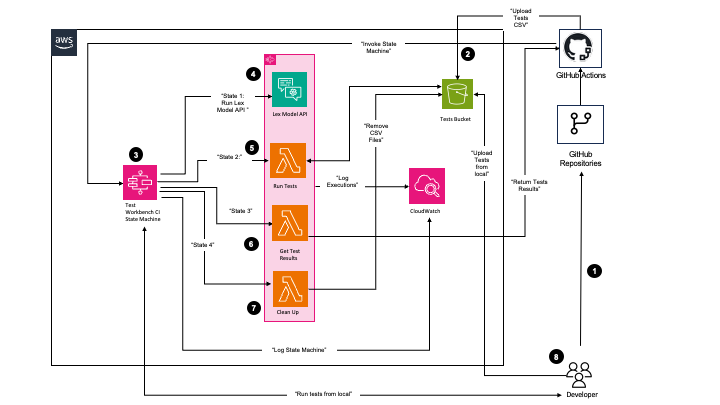
Principal Financial Group accelerates build, test, and deployment of Amazon Lex V2 bots through automation
In the post Principal Financial Group increases Voice Virtual Assistant performance using Genesys, Amazon Lex, and Amazon QuickSight, we discussed the overall Principal Virtual Assistant solution using Genesys Cloud, Amazon Lex V2, multiple AWS services, and a custom reporting and analytics solution using Amazon QuickSight.
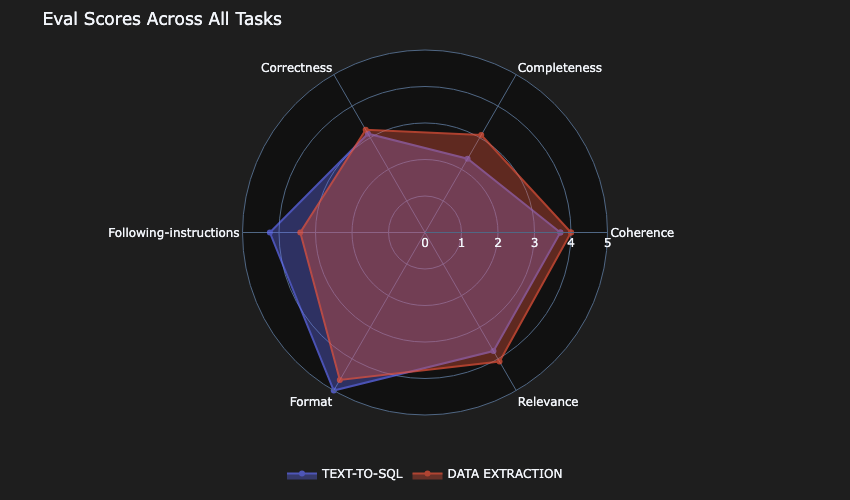
Beyond vibes: How to properly select the right LLM for the right task
In this post, we discuss an approach that can guide you to build comprehensive and empirically driven evaluations that can help you make better decisions when selecting the right model for your task.
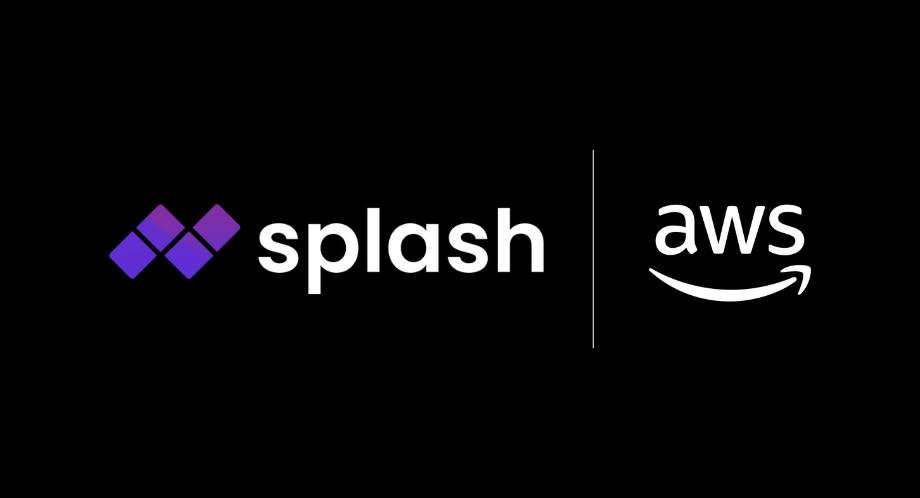
Splash Music transforms music generation using AWS Trainium and Amazon SageMaker HyperPod
In this post, we show how Splash Music is setting a new standard for AI-powered music creation by using its advanced HummingLM model with AWS Trainium on Amazon SageMaker HyperPod. As a selected startup in the 2024 AWS Generative AI Accelerator, Splash Music collaborated closely with AWS Startups and the AWS Generative AI Innovation Center (GenAIIC) to fast-track innovation and accelerate their music generation FM development lifecycle.
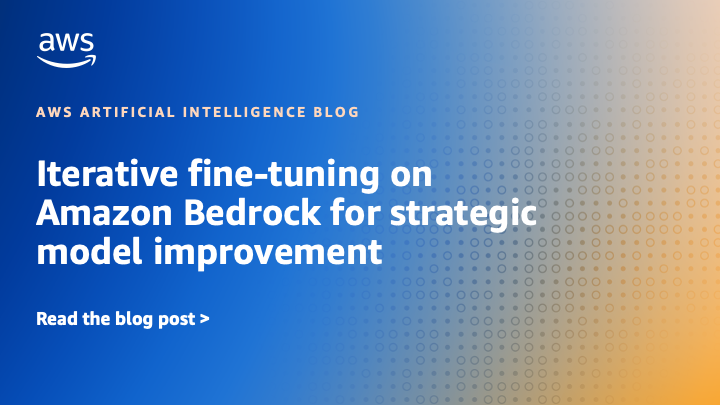
Iterative fine-tuning on Amazon Bedrock for strategic model improvement
Organizations often face challenges when implementing single-shot fine-tuning approaches for their generative AI models. The single-shot fine-tuning method involves selecting training data, configuring hyperparameters, and hoping the results meet expectations without the ability to make incremental adjustments. Single-shot fine-tuning frequently leads to suboptimal results and requires starting the entire process from scratch when improvements are […]

Voice AI-powered drive-thru ordering with Amazon Nova Sonic and dynamic menu displays
In this post, we'll demonstrate how to implement a Quick Service Restaurants (QSRs) drive-thru solution using Amazon Nova Sonic and AWS services. We'll walk through building an intelligent system that combines voice AI with interactive menu displays, providing technical insights and implementation guidance to help restaurants modernize their drive-thru operations.
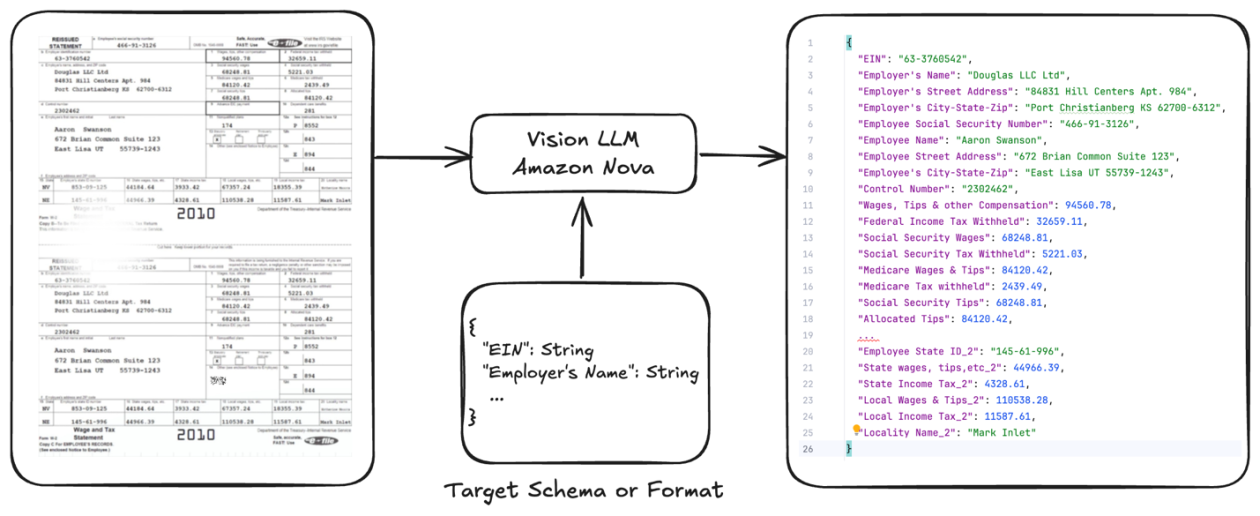
Optimizing document AI and structured outputs by fine-tuning Amazon Nova Models and on-demand inference
This post provides a comprehensive hands-on guide to fine-tune Amazon Nova Lite for document processing tasks, with a focus on tax form data extraction. Using our open-source GitHub repository code sample, we demonstrate the complete workflow from data preparation to model deployment.
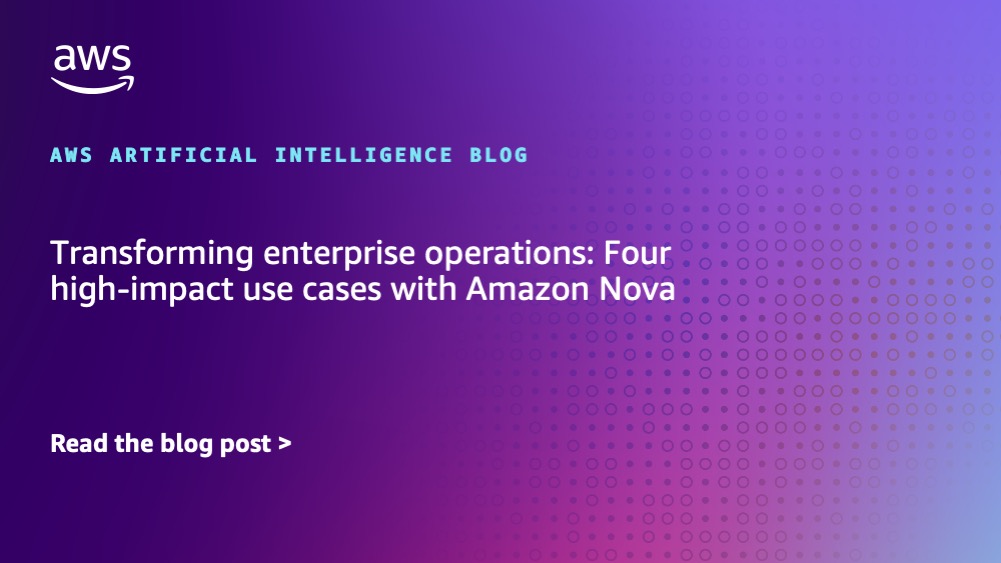
Transforming enterprise operations: Four high-impact use cases with Amazon Nova
In this post, we share four high-impact, widely adopted use cases built with Nova in Amazon Bedrock, supported by real-world customers deployments, offerings available from AWS partners, and experiences. These examples are ideal for organizations researching their own AI adoption strategies and use cases across industries.

Building smarter AI agents: AgentCore long-term memory deep dive
In this post, we explore how Amazon Bedrock AgentCore Memory transforms raw conversational data into persistent, actionable knowledge through sophisticated extraction, consolidation, and retrieval mechanisms that mirror human cognitive processes. The system tackles the complex challenge of building AI agents that don't just store conversations but extract meaningful insights, merge related information across time, and maintain coherent memory stores that enable truly context-aware interactions.

Configure and verify a distributed training cluster with AWS Deep Learning Containers on Amazon EKS
Misconfiguration issues in distributed training with Amazon EKS can be prevented following a systematic approach to launch required components and verify their proper configuration. This post walks through the steps to set up and verify an EKS cluster for training large models using DLCs.

Scala development in Amazon SageMaker Studio with Almond kernel
This post provides a comprehensive guide on integrating the Almond kernel into SageMaker Studio, offering a solution for Scala development within the platform.

Build a device management agent with Amazon Bedrock AgentCore
In this post, we explore how to build a conversational device management system using Amazon Bedrock AgentCore. With this solution, users can manage their IoT devices through natural language, using a UI for tasks like checking device status, configuring WiFi networks, and monitoring user activity.
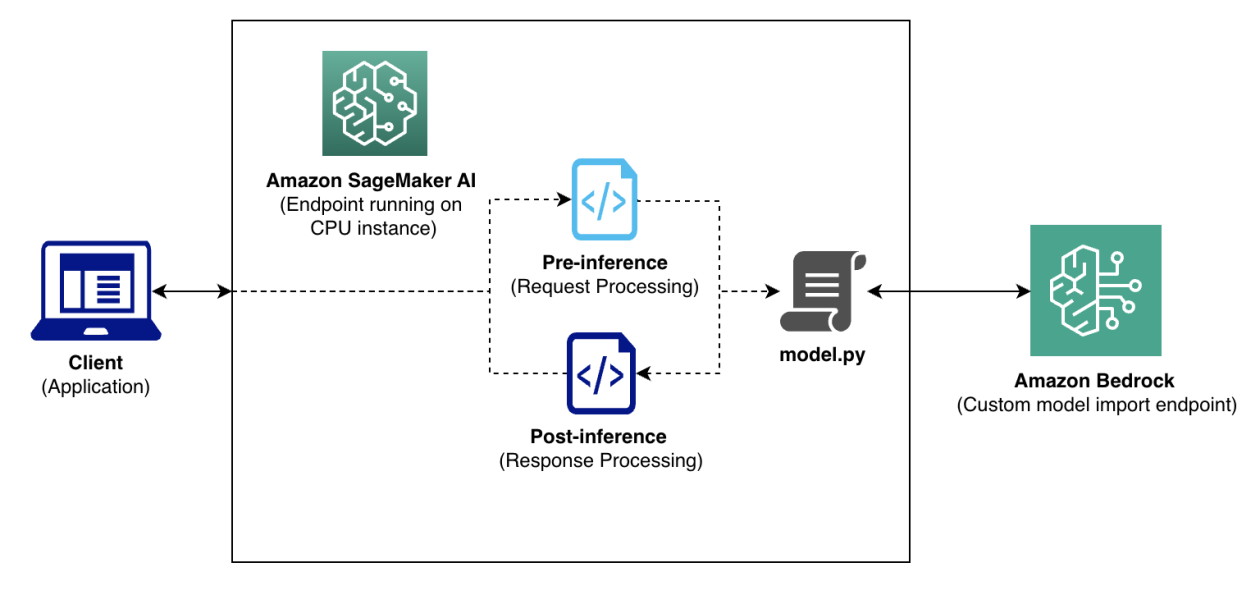
How Amazon Bedrock Custom Model Import streamlined LLM deployment for Salesforce
This post shows how Salesforce integrated Amazon Bedrock Custom Model Import into their machine learning operations (MLOps) workflow, reused existing endpoints without application changes, and benchmarked scalability. We share key metrics on operational efficiency and cost optimization gains, and offer practical insights for simplifying your deployment strategy.
